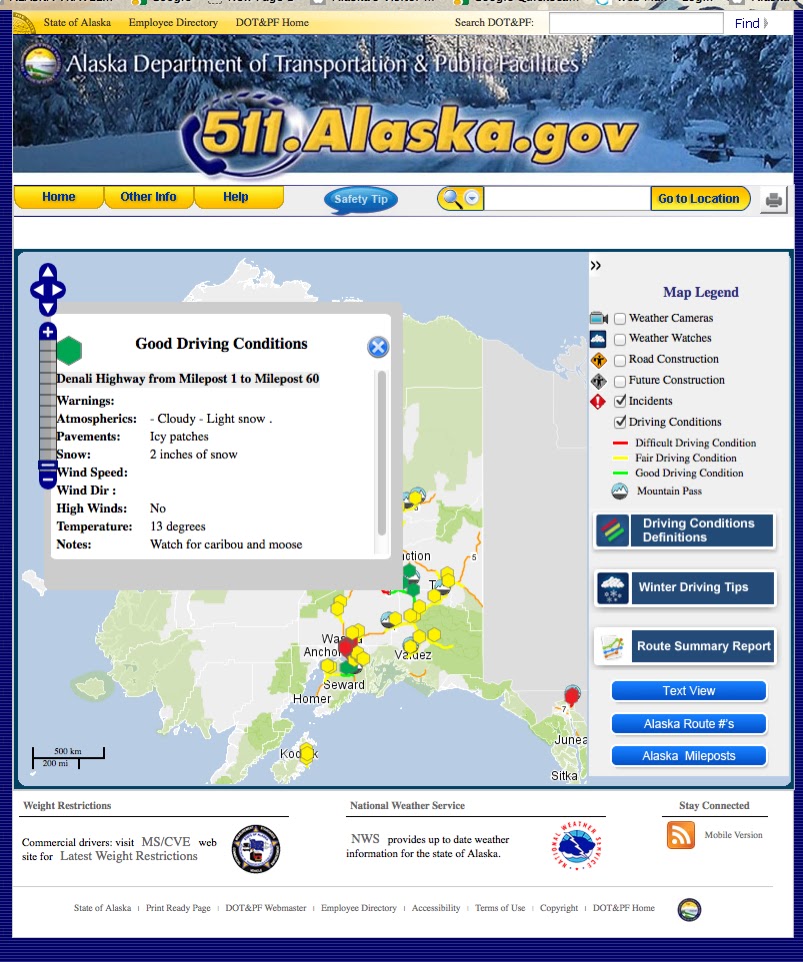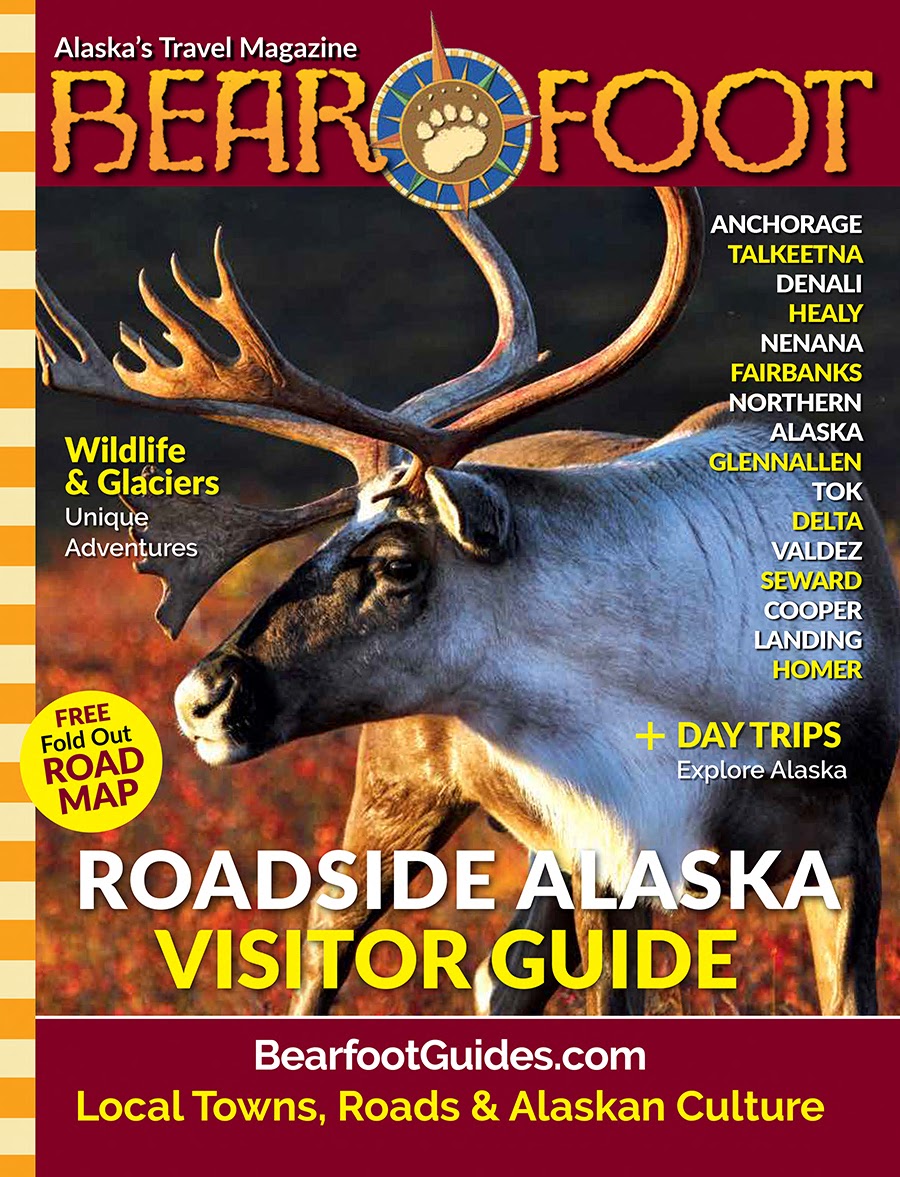Remembering 9/11: How Copper Valley People Taught New York About Cooperation, & Installed Communications On The Empire State Building
This Was The Copper River Way Rescuers at 911 site. (Photo, Wikimedia Commons) LESSONS LEARNED IN THE WILDS OF ALASKA In September, 2001 ...
This Was The Copper River Way
LESSONS LEARNED IN THE WILDS OF ALASKA
In September, 2001 – decades ago – Martin Maricle (who lived in the Copper River Valley and worked for State Forestry at the Department of Natural Resources in Tazlina) was down at a forest fire in California. He was with a fire crew at a remote location in the Tahoe National Forest.
Professional firefighters rotate through danger zones regularly – and California needed those hard-working firefighters from all over the country. The California countryside was ablaze.
It was a Tuesday, and every morning the crew would get together in a trailer. On this day, right before their regular early morning briefing, there was strange news. Martin recalled to the Journal, "There was this news about a plane hitting the World Trade Center. Everybody was thinking it was a small plane." It wasn't a small plane. And it was a day that he, and everyone else, would never forget.
Martin told the Country Journal 19 years later: "At the end of the briefing, somebody came in and made an announcement to everybody that we were basically at war."
 |
| Martin Maricle (Facebook) |
CHANGE OF PLANS
He was 46 years old when the Valdez-Copper River area forester, joined by around 75 other Alaskans, was shipped off to New York City to help his country. Not long after the Twin Towers fell, Martin Maricle, a member of the highly advanced Alaska Type 1 Incident Management Team, arrived on the East Coast. He was part of a team that was started decades before and that consisted of fire managers and professionals who go into and manage large and complicated incidents.
Their new job: To assist the Fire Department of New York City with planning processes and to run a warehouse system to distribute goods that came in for distribution to Ground Zero.
 |
| World Trade Center (Wikimedia Commons) |
THE TIMES SQUARE HILTON
The Alaskans arrived in the big city on October 6th. They were in an entirely different world from the wilds of the taiga and the scorching, burning forests of California. Recalled Martin: "Here we were. Alaskans. Working in the center of Manhattan. And our headquarters were at the Times Square Hilton. Our incident command post was on the 46th floor of the Hilton. Right out my window I could see the Empire State Building."
In spite of coming from the sparsely-populated northcountry to the Big Apple, the crew was given a mighty task. "Our mission was two fold," Martin said. "We helped the Fire Department of New York with the planning process. We had some people down at Ground Zero. They were helping the Fire Department gather data so they could track where they had already searched for people. The planning people also helped develop the daily action plan. There were over 200 agencies responding to the incident so having a plan on what would be done that day was pretty complicated."
JIM ODDEN OF NELCHINA
Martin Maricle wasn't the only Copper Valley guy who ended up in New York City after the Twin Towers disaster. Jim Odden, who still lives in Nelchina, was Logistics Chief from the Alaska Type 1 team. He coordinated transportation.
The Alaskans had a lot to offer. One of the most significant was an unhackable communications system. While there, they installed their own Alaskan radio gear – with all of their own radio frequencies – on top of the Empire State Building. Because it wasn't clear exactly who had conducted the terror attacks, the government wanted 100% secure communications. There was nothing more secure than the system out of Alaska, which was analog and impenetrable. The Alaskans were practically the Navajo Code Talkers of radio communications.
Although Jim Odden wasn't part of the radio crew, he did go to the top of the Empire State Building when the radio was installed. Jim's description of installing the radio on top of one of the world's most famous buildings is a far cry from the scenes with Tom Hanks and Meg Ryan romantically crossing paths there in the movie, "Sleepless in Seattle."
 |
| Top of the Empire State Building (Wikipedia) |
TOTO, WE AREN'T IN ALASKA ANYMORE
"We went up as far as one elevator would go and took another service elevator up, and went out a window," Jim Odden told the Journal almost twenty years later. "It was kind of a landing. There was a little stub wall all the way round. It was a shoulder up at the top of the Empire State Building." The crew put up the Alaskan antenna and repeater, and then serviced its batteries. "We were up at the very top. It was windy and pretty cool. You could see all over."
The Alaskans put their gear right where the famous movie gorilla, King Kong, crawled up the Empire State Building as he menaced New York City in an imaginary world of fantasy – before the very real terrors of the Twin Towers.
 |
| King Kong – where Jim Odden put the analog radios on top of the Empire State Building after the 911 terror attacks. (Wikipedia) |
Jim's main job was "...doing ground support on the incident; providing vehicles to get around. Making sure folks had rides from the incident command post down to the pile, and over to the pier where all the supplies were."
Added Martin Maricle, "Jim Odden's job was managing our Incident Management Team's ground
transportation. We had 2 GSA vans and when we filled a resource order
for 3 drivers for our vans we put in the special needs section 'urban
driving experience required.' Could you imagine if we had 3 Alaskan
drivers driving passenger vans on the super busy streets of Manhattan!?"
The work was grueling. And vital. Said Martin, "What I was mainly involved with was running a warehouse operation. There were like 7 giant warehouses in 3 states handling donations that came in. Van loads would come to a warehouse. We got stuff coming in that would be used at Ground Zero for the searchers: PPE -- masks and Tyvek suits and all that kind of stuff. The Marines were guarding the warehouse. The Navy had a bunch of people working with forklifts to move stuff around. The Army delivered it in 2-1/2 ton trucks. There were 3 different points of distribution. The Fire Department of New York City had one distribution point. The NYPD had another and the Port Authority... They went out to those distribution points. We managed the warehousing and stocking levels and keeping track of everything." The Alaskan crews worked the shifts, 12 hours a day, for an entire month until November 6th. It was stressful. But New Yorkers (uncharacteristically) "opened their hearts" to the crew. "The people from New York were kind to us." When they left, Martin looked back at what they had accomplished.
Is it possible for a small community of only 3,000 people from the Copper River Valley in the little-populated wilds of Alaska to develop meaningful solutions that can be applied in the greater world? Yes it is.
DOING SOMETHING FOR THE WORLD
Almost twenty years later Martin Maricle noted: "It was one of the highlights of my career. With our Incident Command System training we were actually able to do something for the world. The Incident Command Systems we were using for years and years on fires were directly applicable. After we did it, the Fire Department of New York ended up adapting the Incident Command System."
At that time, Alaska's Incident Command System was far more sophisticated that New York City's. As Jim Odden told the Country Journal recently: "The different fire departments, they each did things their own way. They were responsible for their own stuff; their own chunk of [New York City] real estate. They didn't talk to each other to ask for help."
In fact, nobody talked to each other officially, and this was obvious during the fall of the Towers. Two French brothers were making a small documentary about a single New York City fire department at the Engine 7 Firehouse in Lower Manhattan. As they were taping the show, American Airlines Flight 11 flew directly overhead. The firefighters from that firehouse were the first on the scene, and the documentary clearly shows that Engine 7 firefighters in Tower 2 had no idea that Tower 1 had collapsed because they had no outside communications with other agencies from inside the building.
(At the same time, of course, practically everybody else in the world could clearly see the first tower go down on their television sets.)
TELLING NEW YORK HOW IT'S DONE
Because the New York City fire crews needed help -- and because the Incident Command in Alaska was so extensive -- Jim helped train the New Yorkers in how it's supposed to be done. "That was part of our job there; to teach them the Incident Command System, so they would be able to work with each other, and grow their organization to take care of whatever incident or disaster they were working on." The idea is to keep a management structure putt-putting along, in place, so you can grow or shrink it, as needed.
"It was such a big disaster," said Jim. "Those [New York] fire departments put out fires. A fire would happen in a building somewhere, they would put them out. They had never seen a building like that collapse -- or two of them, or five of them. They didn't know what to do." So, in addition to setting up a supply system to keep New York's crews supplied with safety gear and other equipment, they showed the New Yorkers how to make an effective interagency team... like the cooperative Fire Service, State Forestry, Park Service, Fish & Wildlife and fire department teams that work so effectively together in Alaska.
As we all know now, 911 in New York City was not just horrifying. It was bad for your health. Federal people who "worked the pile" were given special insurance coverage. Eventually, so were state employees, such as Martin. Even though he didn't actually work at Ground Zero, he was affected. "I developed a pretty severe cough," he says now.
From a September 12th, 2020 Country Journal interview with Martin Maricle of Fairbanks, Alaska and a September 13th, 2020 interview with Jim Odden of Nelchina.
















